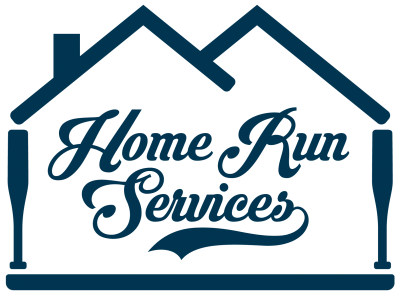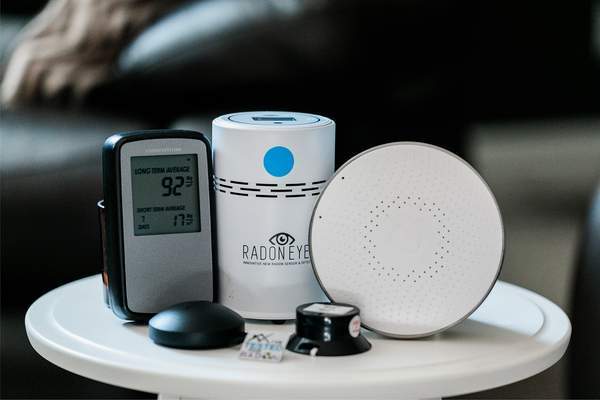Many homeowners are unaware of the potential dangers lurking in their homes. Radon and radiation, often confused, pose serious health risks if left unchecked. Understanding the difference and identifying these threats is essential for ensuring a safe living environment. As experienced home inspection professionals, we aim to clarify these concepts and provide actionable advice to safeguard your home and family.
Understanding Radon: The Silent Threat
Radon is a naturally occurring radioactive gas found in homes across the country. It is colorless, odorless, and tasteless, making it impossible to detect without proper testing. Radon originates from the natural breakdown of uranium in soil and rock, and it can seep into homes through cracks in floors, walls, and foundations.
High radon levels are a significant health risk, as prolonged exposure can lead to lung cancer. According to the Environmental Protection Agency (EPA), radon is the second leading cause of lung cancer in the United States. The EPA recommends taking action if radon levels in your home exceed 4 picocuries per liter (pCi/L).
- Test your home for radon using a reliable radon testing kit
- Seal cracks and openings in floors and walls to prevent radon entry
- Consider installing a radon mitigation system if levels are high
Radiation Safety: Beyond Radon
Radiation in homes can also originate from other sources, such as building materials, old appliances, or nearby industrial activities. While less common than radon, it’s important to identify and mitigate these sources to maintain a healthy indoor environment.
To ensure radiation safety:
- Have a professional inspection to identify potential radiation sources
- Follow safety guidelines for handling old appliances and electronics
- Consult with experts about unusual radiation levels from building materials
Conclusion
Understanding and addressing radon and radiation concerns are crucial for maintaining a safe home environment. Regular home inspections and professional guidance can help identify and mitigate these risks effectively. For peace of mind, consider scheduling a comprehensive home inspection to ensure your home’s air safety is up to standard.


